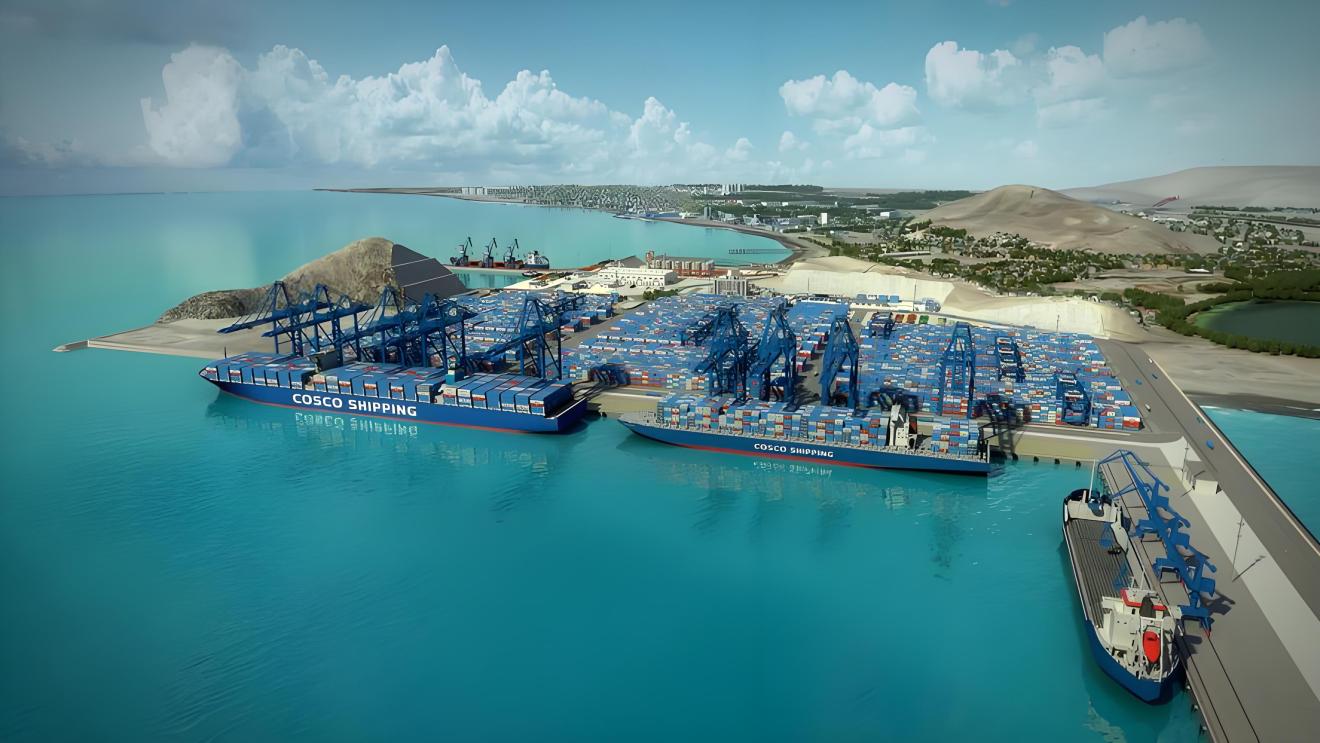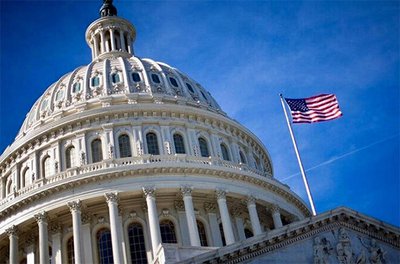
On the coastline of Peru, Callao Port is like a rising star, quietly changing the pattern of the South American economy with its unique geographical advantages and excellent infrastructure construction. This modern port is not only a new engine for Peru's economic development but also a crucial factor in enhancing the competitiveness of the entire South American region on the global trade stage.
Callao Port is located in the central coastal area of Peru, approximately 80 kilometers away from the capital city, Lima. Its superior geographical location makes it an important hub connecting the South American inland with the Pacific shipping routes. Its emergence has significantly reduced the time and cost of goods transportation, opening up a more convenient channel for the products of Peru and its neighboring countries to enter the global market. In the past, due to poor logistics, many characteristic products in the South American region, such as Peru's minerals and agricultural products, faced problems such as long transportation cycles and high losses in the international market. The operation of Callao Port has changed this situation. Nowadays, copper ores from Peru's mines can be transported more quickly to the manufacturing centers in Asia to meet the huge global demand for metallic materials; and the high-quality agricultural products of Peru and its neighboring countries, such as coffee and avocados, can also reach consumers in the European and American markets at a faster speed, further enhancing the freshness and market competitiveness of the products.
In terms of infrastructure, Callao Port is equipped with advanced loading and unloading equipment, ample storage space, and a modern logistics management system. Its deep-water berths can accommodate the docking of large cargo ships, which is of great importance for the increasingly large-scale global shipping industry. The docking of large cargo ships means a significant reduction in unit transportation costs, attracting more international shipping companies to include Callao Port in their shipping route networks. Meanwhile, the transportation infrastructure such as roads and railways surrounding the port is constantly being improved, forming an efficient multimodal transport system. Through railways, goods can penetrate deep into the interior of Peru and neighboring countries, further expanding the economic hinterland of the port. Roads connect the port closely with major cities such as Lima, promoting the coordinated development of industries between the port and the cities. For example, manufacturing enterprises in Lima can obtain raw materials more conveniently, and the products they produce can also be exported overseas through Callao Port more quickly, driving the upgrading and development of the entire industrial chain.
In terms of the economic driving effect, the influence of Callao Port is all-round. First of all, it directly promotes the growth of Peru's foreign trade. The continuous increase in the port's throughput has led to a significant increase in the volume of import and export trade, bringing more substantial fiscal revenues to the Peruvian government. These funds are then invested in fields such as education, medical care, and infrastructure construction, further improving the livelihood of the Peruvian people and enhancing the overall development level of the country. Secondly, the construction and operation of Callao Port have created a large number of employment opportunities. From the construction workers of the port to the operation management team, from the logistics and transportation practitioners to the personnel in related supporting service industries, tens of thousands of jobs have emerged. These employment opportunities have not only alleviated the employment pressure in Peru but also attracted the inflow of labor from neighboring countries, promoting the population and economic exchanges among regions. In addition, the development of the port has also driven the industrial agglomeration in the surrounding areas. Around Callao Port, a series of industries related to the port economy, such as logistics, warehousing, and processing and manufacturing, have flourished, forming a vibrant port-vicinity economic zone. In the port-vicinity economic zone, enterprises cooperate with each other and share resources, generating significant scale effects and synergy effects, further enhancing the economic competitiveness of the region.
In the context of the reconstruction of the global industrial chain and supply chain, Callao Port also plays an important role. With the rise of trade protectionism and the intensification of geopolitical risks, the global industrial chain and supply chain are being accelerated to adjust and reshape. Callao Port, With its stable and efficient operation and the increasingly prominent hub status in South America, it has become an important node in the global industrial chain and supply chain.For multinational enterprises, the region where Callao Port is located provides a relatively stable production and logistics environment, which is conducive to enterprises optimizing their global layouts and reducing operational risks. For example, some manufacturing enterprises originally located in Asia or other regions have begun to consider transferring some production links to Peru or neighboring countries, taking advantage of the convenient logistics conditions of Callao Port to achieve seamless docking between raw material imports and product exports, so as to better meet the global market requirements.
Callao Port also has a positive promoting effect on the process of South American economic integration. It has strengthened the economic connections and cooperation between Peru and neighboring countries, promoting trade liberalization and investment facilitation within the region. Through Callao Port, the products of South American countries can circulate more smoothly within the region, realizing the optimal allocation of resources. Meanwhile, the development of the port has also attracted more international investments into the South American region. These investments are not only directed at the construction and operation of the port itself but also extend to the port-vicinity industries and related industries in the inland areas, injecting powerful impetus into South American economic integration. For example, in the field of infrastructure construction, transnational investments have promoted the construction of transportation networks connecting Peru with other South American countries, further enhancing the level of interconnection within the region; in the energy field, the number of cooperative development projects has increased, improving the stability and security of energy supply in the South American region.
Callao Port in Peru, with its unique advantages, is playing an extremely important transformative role in the economic development of South America. It is reshaping the status and image of the South American economy in the global arena through its multiple influences such as improving logistics efficiency, driving industrial development, promoting employment and economic growth, and pushing forward regional economic integration. It has become an important supporting force for the rise of the South American region on the global economic stage, and in the future, with its continuous development and improvement, it is expected to continuously release greater economic energy and make more outstanding contributions to the prosperity of the South American and even the global economy.

In early December, US stocks staged their most dramatic intraday reversal in months. Driven by the dual positive catalysts of chip giant NVIDIA's better-than-expected earnings report and a "Goldilocks" nonfarm payrolls report, the S&P 500 index surged as much as 1.9% within the first hour of trading.
In early December, US stocks staged their most dramatic int…
On December 5, 2025, the European Union fined Musk's social…
Since October 2025, there has been a week of intense fighti…
On the global economic stage of 2025, the U.S. economy is s…
Recently, the head of Apple's artificial intelligence and t…
On December 5, 2025, the Office of the Compilers of the Cur…